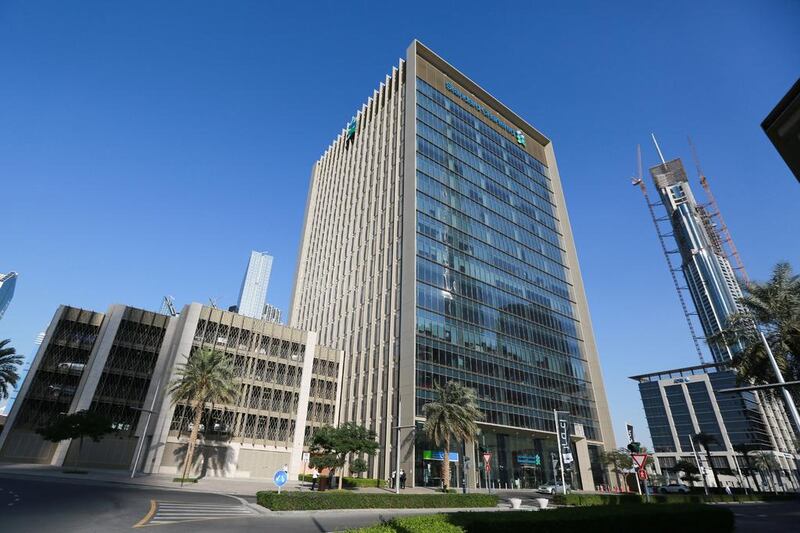Higher expenses and flat revenues overshadowed better than expected quarterly profit for Standard Chartered on Wednesday, sending shares in the Asia-focused bank more than 5 per cent lower.
Pretax profit jumped 78 per cent from the third quarter of last year to US$814 million, higher than the $809m average of analysts' estimates, according to Reuters data.
But the bank's shares looked set for their biggest single-day fall in three months, with analysts saying the profit increase was driven by a drop in provisions for bad loans rather than growing income significantly, as investors had hoped for.
Loan impairment charges fell 42 per cent year-on-year as the bank avoided heavy losses from private equity and bad loans that hit earnings a year ago.
Impairment levels are closely watched by investors in the bank, which has had a glut of bad debts in the past few years following over-exuberant lending.
Rising expenses largely came from reinvestment in the retail banking business and wealth management technology platform as StanChart tries to boost returns, finance director Andy Halford told reporters.
"We have accelerated spend on some of the investment projects and that has put slightly more costs earlier into the P&L in the first nine months of the year ... it's a conscious decision to invest more but at the same time we are taking the underlying costs out of the business," he said.
__________
Read more:
Saudi banking licence high on agenda for Standard Chartered
Standard Chartered lost millions on diamonds
StanChart bullish on UAE despite slowing economy
__________
"We would expect the full-year cost this year, excluding regulatory, to be pretty flat on last year."
Investors are hoping StanChart can begin to grow revenues again, after a two-year restructuring under the former JPMorgan banker Bill Winters that has seen him slash more than 15,000 jobs and axe business lines such as Asian equities.
Low global interest rates, lost income from axed businesses and rising competition from regional players in its key markets have combined to temper hopes of higher income, however.
The bank's core capital ratio, another closely-watched measure of financial strength, fell from 13.8 per cent at the end of June to 13.6 per cent, reducing the chance of the bank resuming dividend payments this year.
"This is likely to dash any hopes for a capital distribution this year," said the Jefferies analyst Joseph Dickerson.
Income in StanChart's financial markets business fell around 9 percent year-on-year in the third quarter to $663m, a more modest decline than at some US and European rivals.
StanChart had on Tuesday announced a reshuffle in its senior ranks, as it promoted Ben Hung to be its new global retail banking chief as Karen Fawcett retired.






